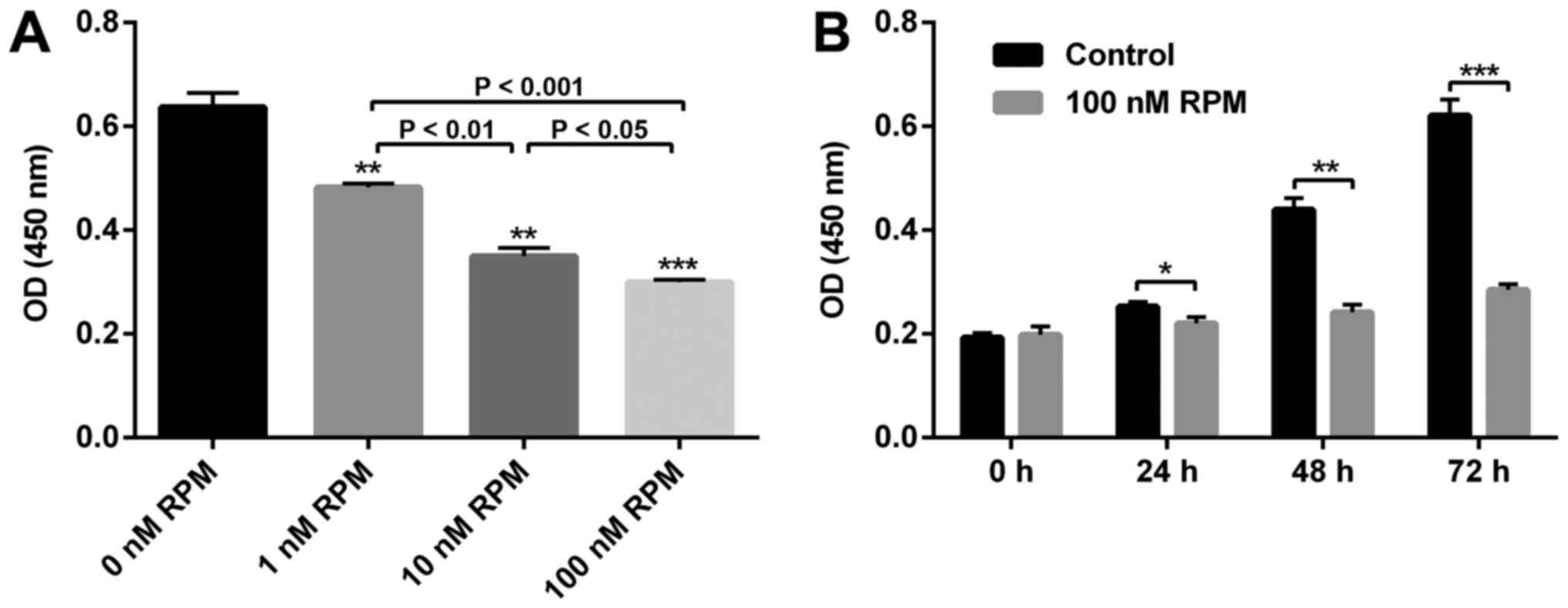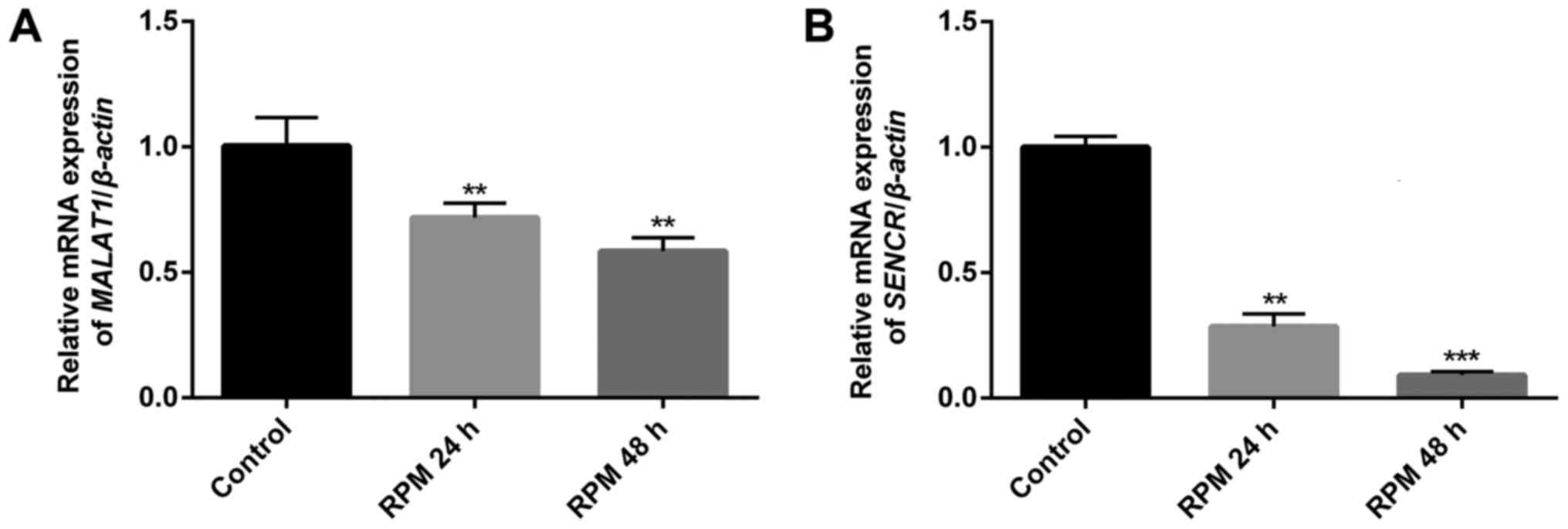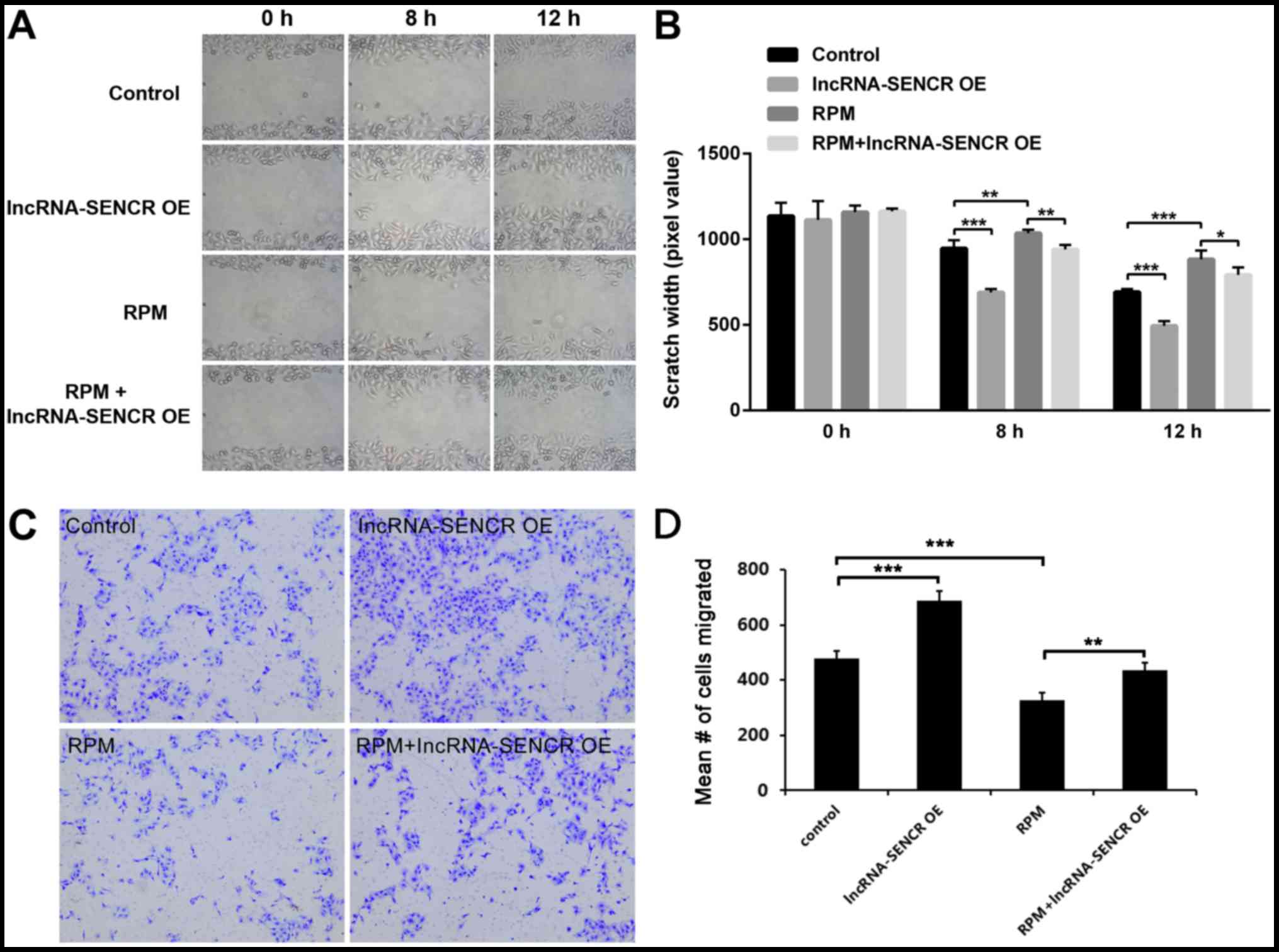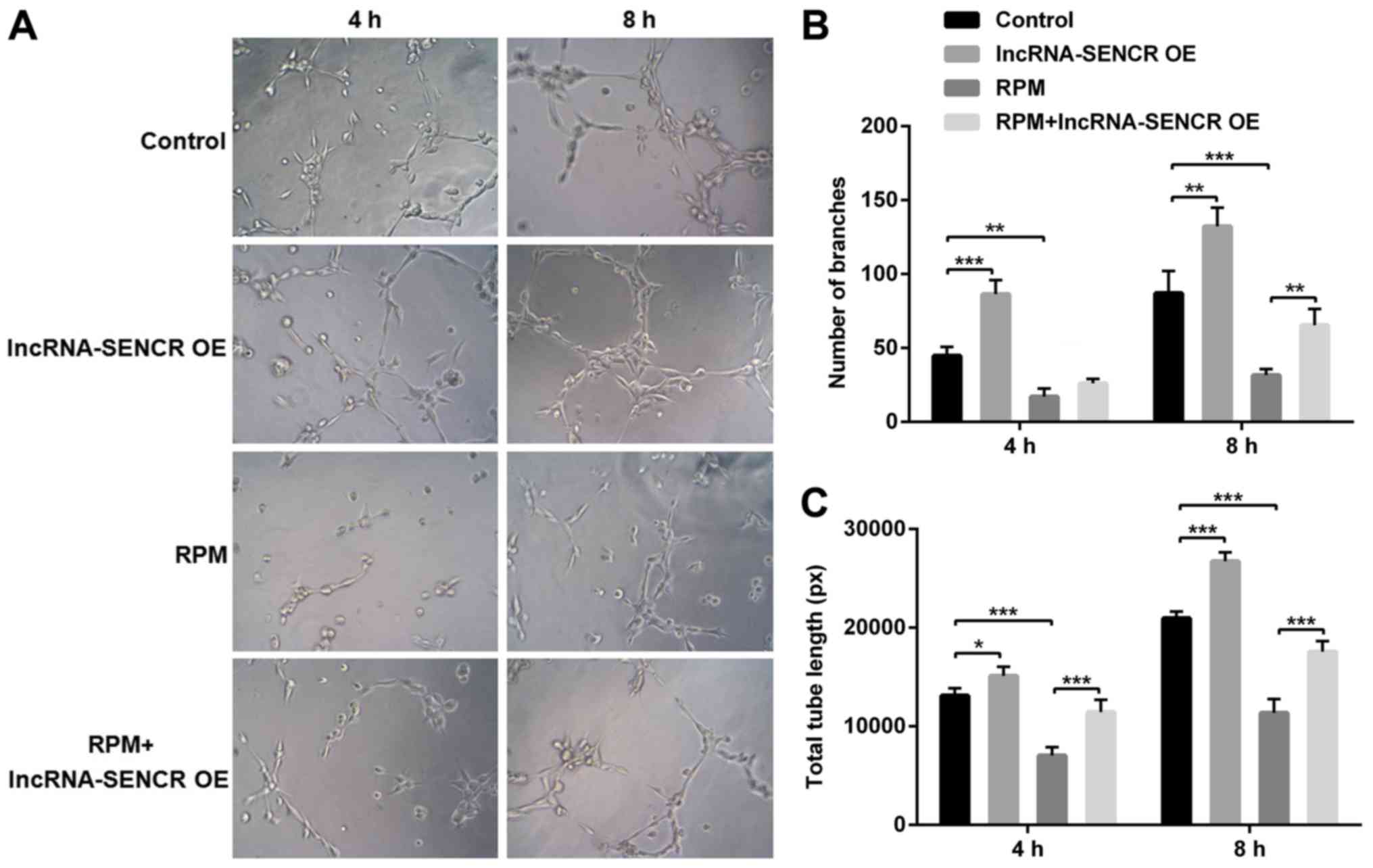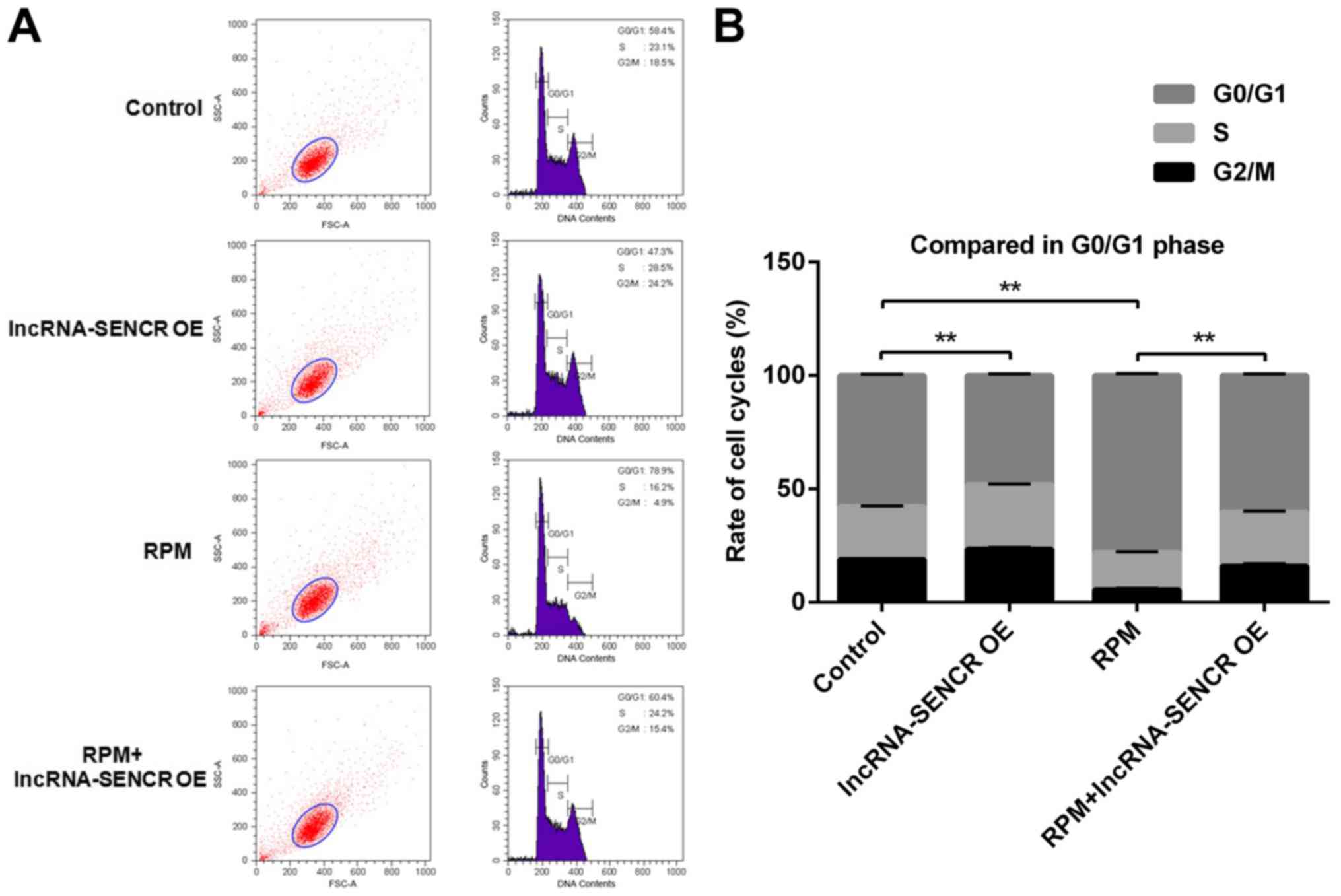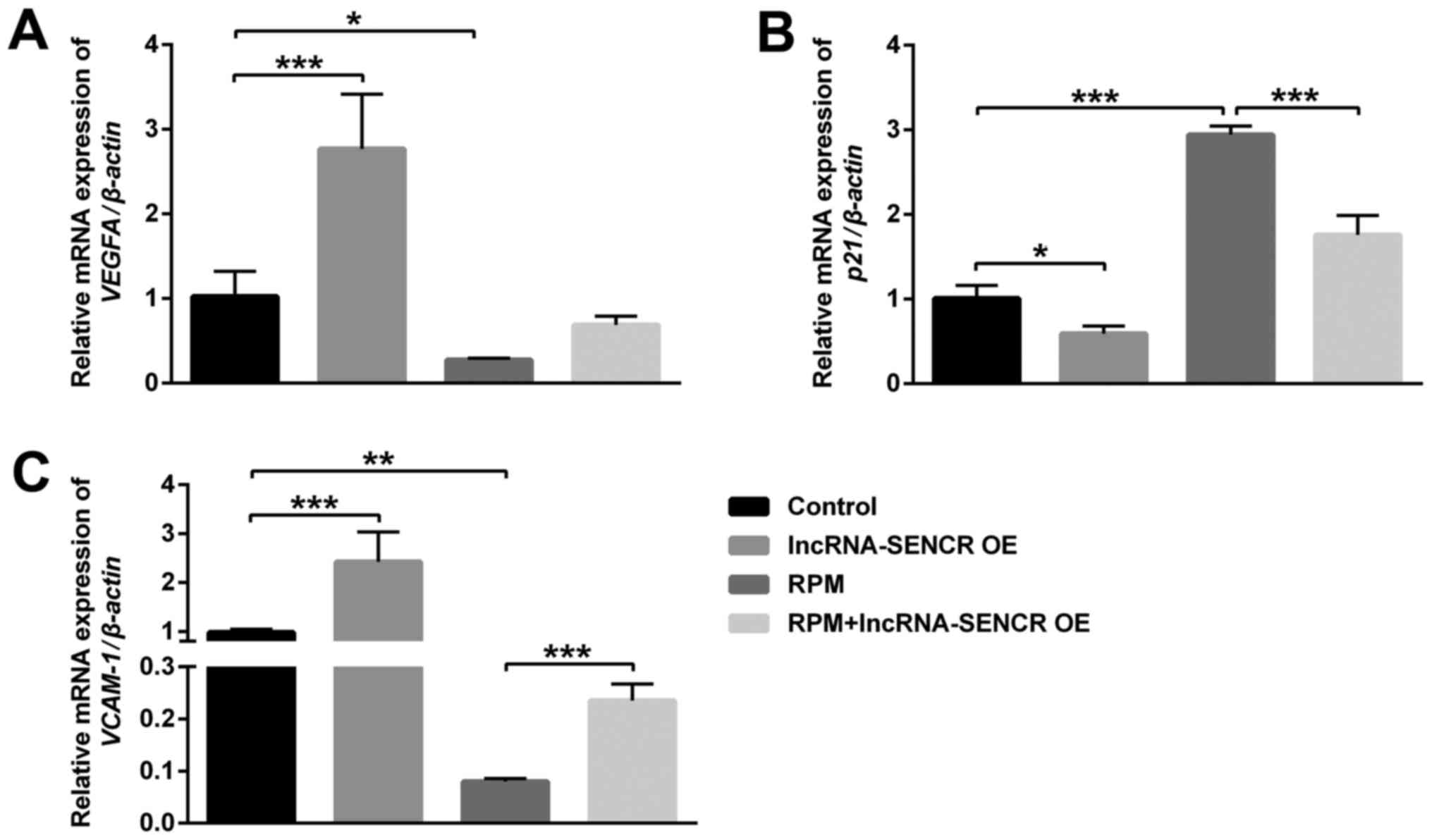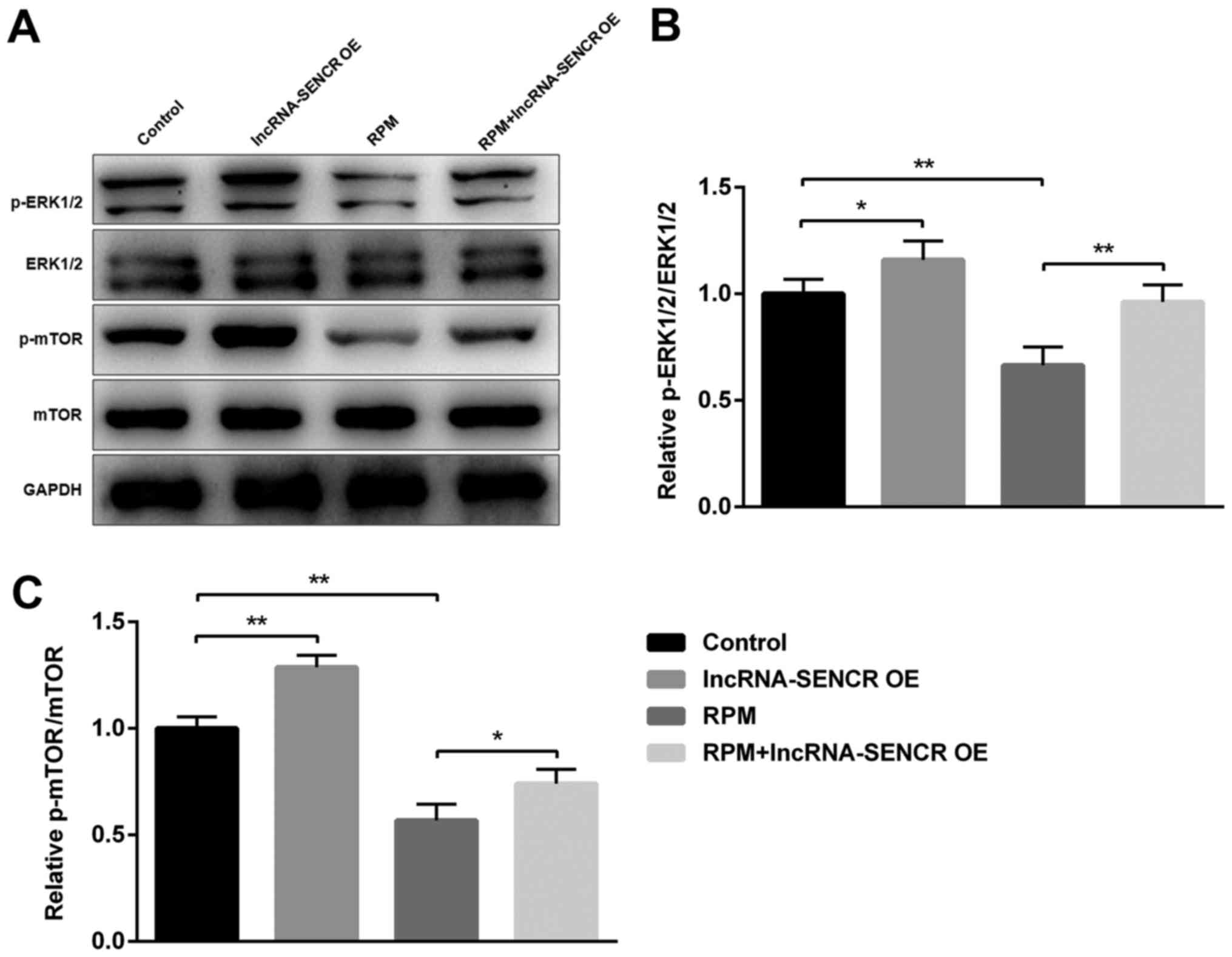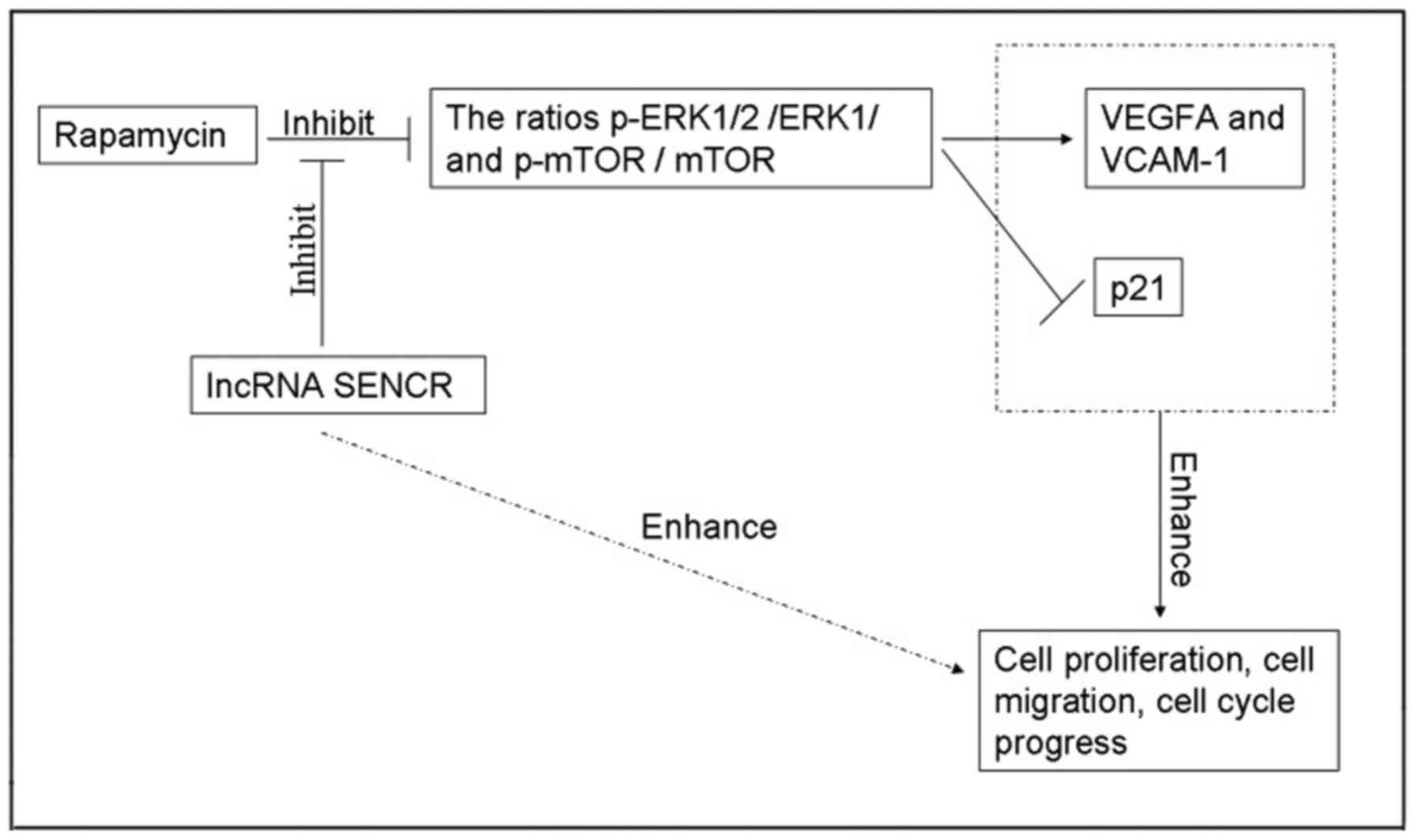|
1
|
Werner M: Drug eluting stents and modern
stent technologies for in-stent restenosis. J Cardiovasc Surg
(Torino). 58:497–500. 2017.PubMed/NCBI
|
|
2
|
Guo N, Chen F, Zhou J, Fang Y, Li H, Luo Y
and Zhang Y: Curcumin attenuates rapamycin-induced cell injury of
vascular endothelial cells. J Cardiovasc Pharmacol. 66:338–346.
2015. View Article : Google Scholar : PubMed/NCBI
|
|
3
|
Matter CM, Rozenberg I, Jaschko A,
Greutert H, Kurz DJ, Wnendt S, Kuttler B, Joch H, Grünenfelder J,
Zünd G, et al: Effects of tacrolimus or sirolimus on proliferation
of vascular smooth muscle and endothelial cells. J Cardiovasc
Pharmacol. 48:286–292. 2006. View Article : Google Scholar : PubMed/NCBI
|
|
4
|
Chong E, Poh KK, Liang S, Lee RC, Low A,
Teo SG and Tan HC: Two-year clinical registry follow-up of
endothelial progenitor cell capture stent versus sirolimus-eluting
bioabsorbable polymer-coated stent versus bare metal stents in
patients undergoing primary percutaneous coronary intervention for
ST elevation myocardial infarction. J Interv Cardiol. 23:101–108.
2010. View Article : Google Scholar : PubMed/NCBI
|
|
5
|
Liu HT, Li F, Wang WY, Li XJ, Liu YM, Wang
RA, Guo WY and Wang HC: Rapamycin inhibits re-endothelialization
after percutaneous coronary intervention by impeding the
proliferation and migration of endothelial cells and inducing
apoptosis of endothelial progenitor cells. Tex Heart Inst J.
37:194–201. 2010.PubMed/NCBI
|
|
6
|
Booy EP, McRae EK, Koul A, Lin F and
McKenna SA: The long non-coding RNA BC200 (BCYRN1) is critical for
cancer cell survival and proliferation. Mol Cancer. 16:1092017.
View Article : Google Scholar : PubMed/NCBI
|
|
7
|
Hua F, Liu S, Zhu L, Ma N, Jiang S and
Yang J: Highly expressed long non-coding RNA NNT-AS1 promotes cell
proliferation and invasion through Wnt/β-catenin signaling pathway
in cervical cancer. Biomed Pharmacother. 92:1128–1134. 2017.
View Article : Google Scholar : PubMed/NCBI
|
|
8
|
Li J, Chen Y, Chen Z, He A, Xie H, Zhang
Q, Cai Z, Liu Y and Huang W: SPRY4-IT1: A novel oncogenic long
non-coding RNA in human cancers. Tumor Biol.
39:10104283177114062017. View Article : Google Scholar
|
|
9
|
Li Y, Jiang B, Zhu H, Qu X, Zhao L, Tan Y,
Jiang Y, Liao M and Wu X: Inhibition of long non-coding RNA ROR
reverses resistance to Tamoxifen by inducing autophagy in breast
cancer. Tumor Biol. 39:10104283177057902017. View Article : Google Scholar
|
|
10
|
Zhang CY, Yu MS, Li X, Zhang Z, Han CR and
Yan B: Overexpression of long non-coding RNA MEG3 suppresses breast
cancer cell proliferation, invasion, and angiogenesis through AKT
pathway. Tumor Biol. 39:10104283177013112017.
|
|
11
|
Zhang R, Xia Y, Wang Z, Zheng J, Chen Y,
Li X, Wang Y and Ming H: Serum long non coding RNA MALAT-1
protected by exosomes is up-regulated and promotes cell
proliferation and migration in non-small cell lung cancer. Biochem
Biophys Res Commun. 490:406–414. 2017. View Article : Google Scholar : PubMed/NCBI
|
|
12
|
Zhang Y and Hu H: Long non-coding RNA
CCAT1/miR-218/ZFX axis modulates the progression of laryngeal
squamous cell cancer. Tumor Biol. 39:10104283176994172017.
|
|
13
|
Xu JH, Chang WH, Fu HW, Shu WQ, Yuan T and
Chen P: Upregulated long non-coding RNA LOC90784 promotes cell
proliferation and invasion and is associated with poor clinical
features in HCC. Biochem Biophys Res Commun. 490:920–926. 2017.
View Article : Google Scholar : PubMed/NCBI
|
|
14
|
Thum T and Kumarswamy R: The smooth long
noncoding RNA SENCR. Arterioscler Thromb Vasc Biol. 34:1124–1125.
2014. View Article : Google Scholar : PubMed/NCBI
|
|
15
|
Michalik KM, You X, Manavski Y,
Doddaballapur A, Zörnig M, Braun T, John D, Ponomareva Y, Chen W,
Uchida S, et al: Long noncoding RNA MALAT1 regulates endothelial
cell function and vessel growth. Circ Res. 114:1389–1397. 2014.
View Article : Google Scholar : PubMed/NCBI
|
|
16
|
Bell RD, Long X, Lin M, Bergmann JH, Nanda
V, Cowan SL, Zhou Q, Han Y, Spector DL, Zheng D and Miano JM:
Identification and initial functional characterization of a human
vascular cell-enriched long noncoding RNA. Arterioscler Thromb Vasc
Biol. 34:1249–1259. 2014. View Article : Google Scholar : PubMed/NCBI
|
|
17
|
Boulberdaa M, Scott E, Ballantyne M,
Garcia R, Descamps B, Angelini GD, Brittan M, Hunter A, McBride M,
McClure J, et al: A role for the long noncoding RNA SENCR in
commitment and function of endothelial cells. Mol Ther. 24:978–990.
2016. View Article : Google Scholar : PubMed/NCBI
|
|
18
|
Livak KJ and Schmittgen TD: Analysis of
relative gene expression data using real-time quantitative PCR and
the 2(-Delta Delta C(T)) method. Methods. 25:402–408. 2001.
View Article : Google Scholar : PubMed/NCBI
|
|
19
|
Jen J, Tang YA, Lu YH, Lin CC, Lai WW and
Wang YC: Oct4 transcriptionally regulates the expression of long
non-coding RNAs NEAT1 and MALAT1 to promote lung cancer
progression. Mol Cancer. 16:1042017. View Article : Google Scholar : PubMed/NCBI
|
|
20
|
Li C, Cui Y, Liu LF, Ren WB, Li QQ, Zhou
X, Li YL, Li Y, Bai XY and Zu XB: High expression of long noncoding
RNA MALAT1 indicates a poor prognosis and promotes clinical
progression and metastasis in bladder cancer. Clin Genitourin Canc.
15:570–576. 2017. View Article : Google Scholar
|
|
21
|
Pruszko M, Milano E, Forcato M, Donzelli
S, Ganci F, Di Agostino S, De Panfilis S, Fazi F, Bates DO,
Bicciato S, et al: The mutant p53-ID4 complex controls VEGFA
isoforms by recruiting lncRNA MALAT1. EMBO Rep. 18:1331–1351. 2017.
View Article : Google Scholar : PubMed/NCBI
|
|
22
|
Sun JY, Zhao ZW, Li WM, Yang G, Jing PY,
Li P, Dang HZ, Chen Z, Zhou YA and Li XF: Knockdown of MALAT1
expression inhibits HUVEC proliferation by upregulation of miR-320a
and downregulation of FOXM1 expression. Oncotarget. 8:61499–61509.
2017.PubMed/NCBI
|
|
23
|
Wang C, Mao ZP, Wang L, Wu GH, Zhang FH,
Wang DY and Shi JL: Long non-coding RNA MALAT1 promotes
cholangiocarcinoma cell proliferation and invasion by activating
PI3K/Akt pathway. Neoplasma. 64:725–731. 2017. View Article : Google Scholar : PubMed/NCBI
|
|
24
|
Wu L, Wang X and Guo Y: Long non-coding
RNA MALAT1 is upregulated and involved in cell proliferation,
migration and apoptosis in ovarian cancer. Exp Ther Med.
13:3055–3060. 2017. View Article : Google Scholar : PubMed/NCBI
|
|
25
|
de Gonzalo-Calvo D, Kenneweg F, Bang C,
Toro R, van der Meer RW, Rijzewijk LJ, Smit JW, Lamb HJ,
Llorente-Cortes V and Thum T: Circulating long-non coding RNAs as
biomarkers of left ventricular diastolic function and remodelling
in patients with well-controlled type 2 diabetes. Sci Rep.
6:373542016. View Article : Google Scholar : PubMed/NCBI
|
|
26
|
Zou ZQ, Xu J, Li L and Han YS:
Down-regulation of SENCR promotes smooth muscle cells proliferation
and migration in db/db mice through up-regulation of FoxO1 and
TRPC6. Biomed Pharmacother. 74:35–41. 2015. View Article : Google Scholar : PubMed/NCBI
|
|
27
|
Zhao J, Zhang W, Lin M, Wu W, Jiang P, Tou
E, Xue M, Richards A, Jourd'heuil D, Asif A, et al: MYOSLID is a
novel serum response factor-dependent long noncoding RNA that
amplifies the vascular smooth muscle differentiation program.
Arterioscler Thromb Vasc Biol. 36:2088–2099. 2016. View Article : Google Scholar : PubMed/NCBI
|
|
28
|
Xu C, Zhang H, Liu C, Zhu Y, Wang X, Gao
W, Huang S and Chen L: Rapamycin inhibits Erk1/2-mediated neuronal
apoptosis caused by cadmium. Oncotarget. 6:21452–21467.
2015.PubMed/NCBI
|
|
29
|
Liu P, Yang X, Hei C, Meli Y, Niu J, Sun T
and Li PA: Rapamycin reduced ischemic brain damage in diabetic
animals is associated with suppressions of mTOR and ERK1/2
signaling. Int J Biol Sci. 12:1032–1040. 2016. View Article : Google Scholar : PubMed/NCBI
|



